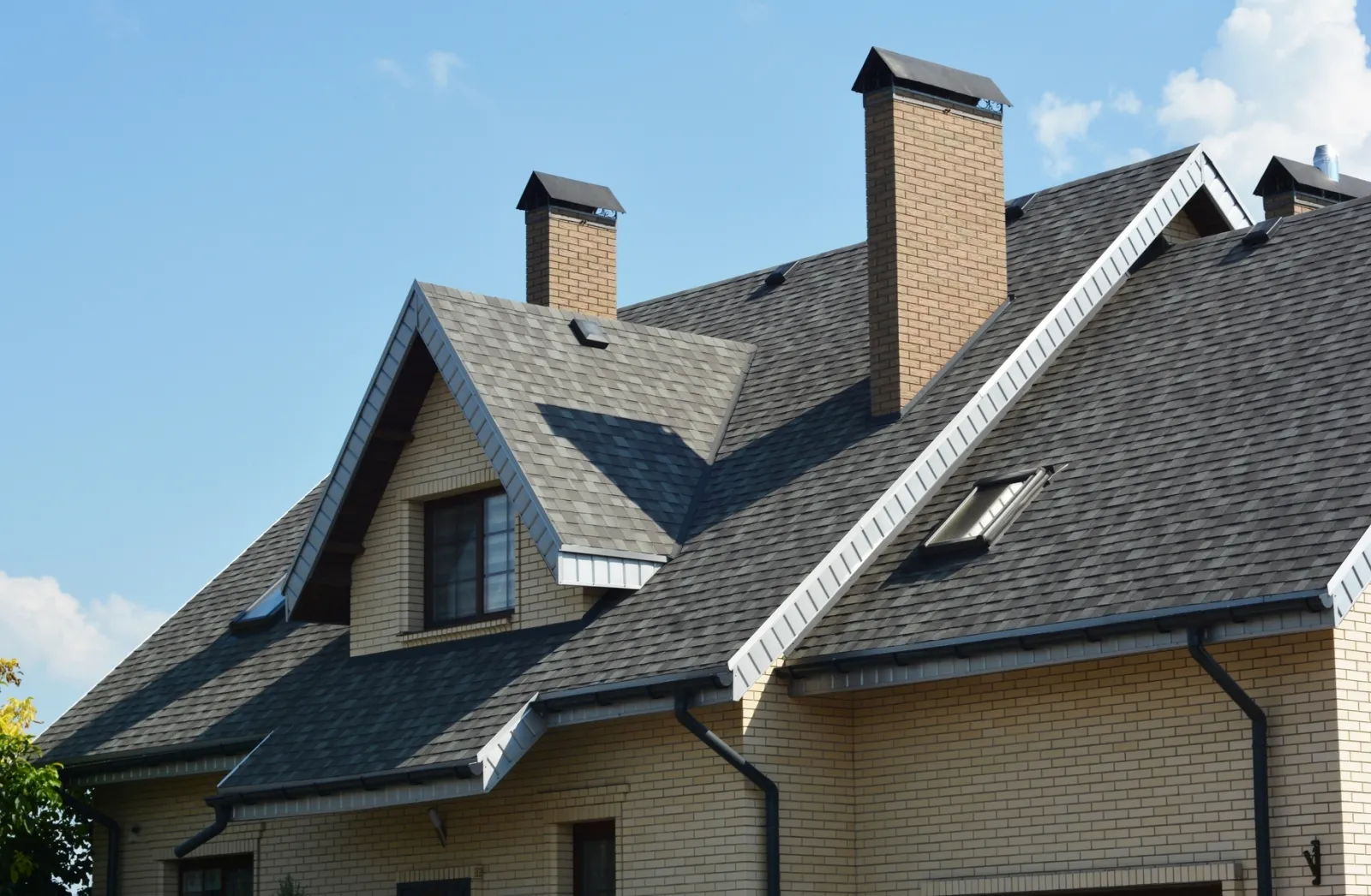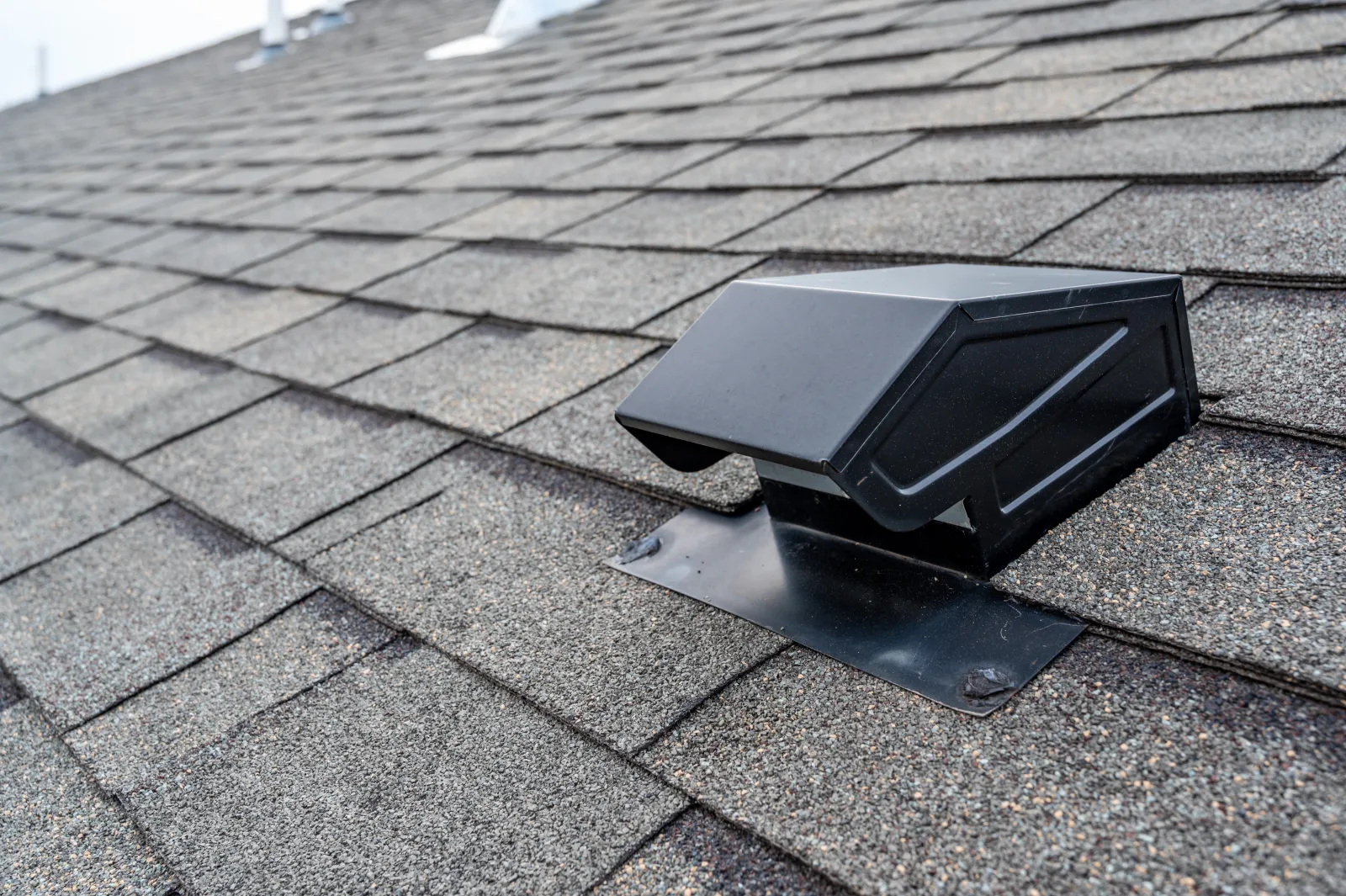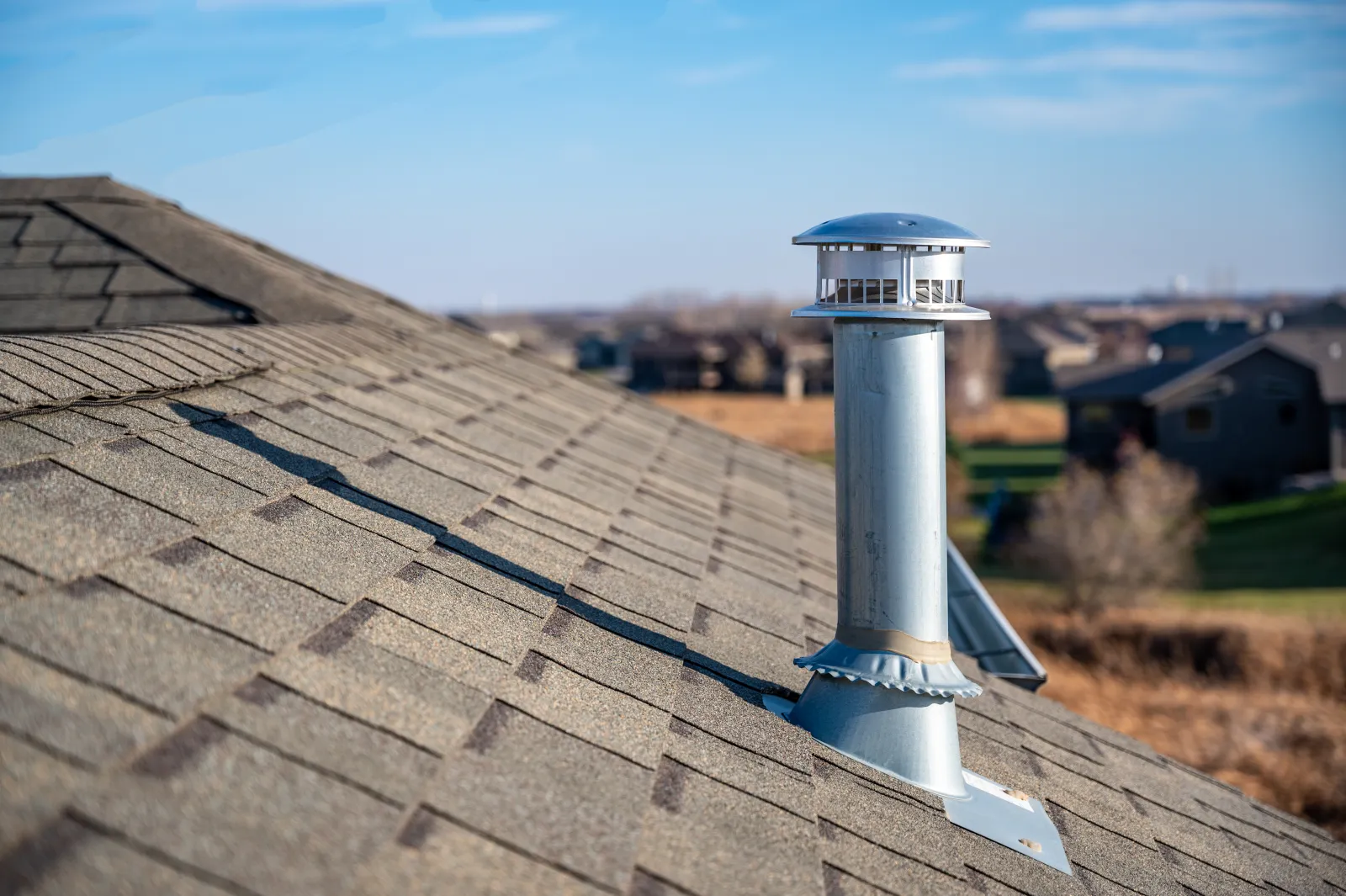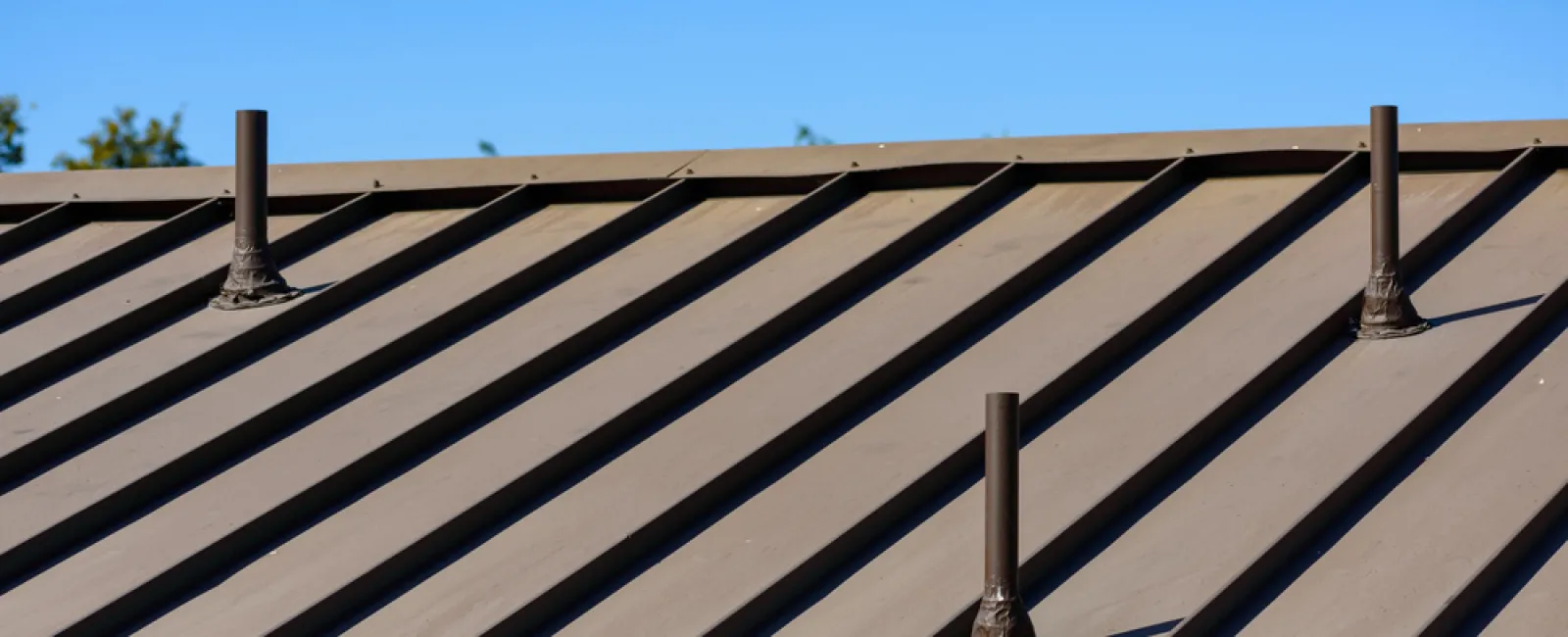
Roof vents play a crucial role in maintaining the health and efficiency of your home, particularly the attic. They are vital in ensuring proper ventilation, which can prevent a host of issues from moisture damage to inflated energy costs.
An Overview of Roof Vents

Roof vents are essential for promoting airflow in and out of your attic, ensuring a balanced temperature and moisture level in your home. In the heat of summer, trapped hot air can significantly raise cooling costs and damage roofing materials. Conversely, during winter, poor ventilation can cause moisture buildup, leading to mold growth and even structural damage. Roof vents provide a solution by allowing fresh air to enter the attic while letting stale, moist air escape. This continuous cycle helps to improve energy efficiency and extend the life of your roof.
Proper roof ventilation involves both intake and exhaust vents. Intake vents, often found along the eaves or soffits, draw cool air into the attic. Meanwhile, exhaust vents, positioned higher up near the roof's ridge, let warm, moist air exit. This setup ensures that the air in your attic stays fresh and well-circulated, preventing conditions that could harm your home's structure or your energy bills.
Additional features like vent covers protect against rain and
debris, maintaining the system's effectiveness. In some cases, attic fans are
used to boost the expulsion of hot air, especially in regions with extreme
temperatures. Proper installation and regular maintenance are crucial for these
systems to work optimally.
Types of Roof Vent Systems
Mechanical roof vent systems rely on a power source and utilize moving parts to keep air flowing. This type of active ventilation system pulls air from the attic, replacing it with fresh outdoor air. Depending on your setup, they may be powered by solar power or electricity.
Natural roof vent systems rely on the natural flow of air within
the attic space. They use natural forces, such as wind, to guide air through
the attic and out of the building. Unlike mechanical roof vent systems, natural
roof vent systems do not utilize electricity or moving parts.
Types of Roof Vents

There are various types of roof vents available, each tailored to meet different ventilation needs and preferences. Ridge vents are among the most commonly used and offer a continuous strip of ventilation along the roof's peak. These vents are both discreet and effective, providing a balanced flow of air throughout the attic space. You'll often find these with a roof exhaust vent.
Gable vents, which are typically installed on the gable end of
the house, are another option for homes with gable-style roofs. They aim to
prevent condensation buildup in the attic.
Soffit vents, located under the eaves, are designed to draw in cool air from the outside, working in conjunction with other types of vents to ensure a consistent airflow. This type is particularly effective when used with ridge or gable vents, creating a comprehensive ventilation system.
Turbine vents, which spin with the wind, actively draw out hot air from the attic. These vents are particularly useful in areas with strong wind patterns. On the other hand, powered vents utilize electricity to enhance ventilation, making them ideal for regions with less wind or more extreme temperatures. They can be programmed to turn on and off based on the attic's temperature, ensuring optimal airflow.
Each type of roof vent has its unique advantages and potential drawbacks. The best choice for your home often depends on various factors, including your roof design, local climate, and specific ventilation needs. By understanding these options, you can select the most suitable ventilation system to maintain the health and efficiency of your home.
The Importance of Roof and Attic Airflow
Proper airflow in your roof and attic is crucial for maintaining your home's structural integrity and energy efficiency. By ensuring a steady circulation of air, you can effectively regulate temperature and moisture levels, which helps to prevent issues like mold growth, wood rot, and other forms of structural damage. This is especially important for extending the life of your roofing materials and preserving the overall health of your home.
Good ventilation also plays a significant role in reducing energy costs. By keeping your attic cooler in the summer and preventing moisture buildup in the winter, you can reduce the strain on your heating and cooling systems. This leads to more consistent indoor temperatures and potentially lower utility bills.
In regions with colder climates, proper ventilation can mitigate the risk of ice dams, which occur when melting snow refreezes at the roof's edge, causing potential water damage. In warmer areas, efficient airflow prevents trapped heat from warping roofing materials and escalating cooling expenses. Thus, investing in a well-designed roof ventilation system is an investment in both your home's longevity and your financial well-being.
Whether your roof needs a repair or replacement, the team at Master Roofers is here to help homeowners in New Hampshire, Massachusetts, and Maine. Contact us online or call us at 603-623-4973 to set up a consultation now.
Find out more about everything that keeps your roof
working as it should—check out our guide to the anatomy of a roof

